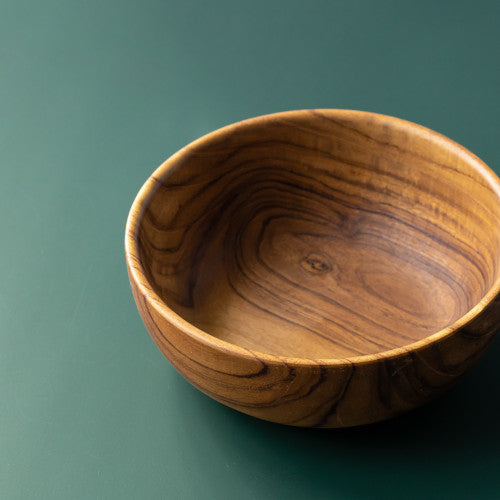
Wooden Kitchen Utensils and Sustainable Practices
I live on the East Coast of New Zealand/Aotearoa, Tai Rāwhiti. It is steep hills and papa rock, a fragile system that leads to immense erosion. Over the last 2/3 years we have had a succession of cyclones, culminating in Cyclone Gabrielle in March 2023. Bridges have been washed away, houses flooded, roads destroyed and lives lost while many people have lost houses permanently, not just because of the amount of rain that fell but because so much of the hillsides were planted in pine plantation and the slash or offcuts from the trees came crashing down the hillsides and jammed up creeks and rivers. Wrong trees in the wrong place, planted on an industrial scale.
Sustainability is a complex issue. What works in one place does not work in another.
Generally wooden kitchen utensils, whether made from bamboo, or Olive or Teak are sustainable. Certainly better than plastic throw away utensils. Certainly less harmful than silicone.
We source all our wooden utensils from the North of Thailand, from a series of small villages. The land is hilly, it is the foothills of the Himalayas. Much of the hillsides have been clear felled over the years to make way for agriculture, but the tropical landslides bring a lot of rain, and denuded of forest cover the hillsides slide and collapse and it is difficult for the people living there to flourish.
So over the last 30 + years, the villagers, with the assistance of the Queen Sirikit programme, have been replanting native trees, restoring forest cover to the hillsides. When some of the Teak reaches the right age it is harvested, but not on a widespread scale, rather individual trees are selected. Some is used for housing. Other parts of the tree is used for making wooden kitchen utensils, such as spatulas, bowls, platters, soup spoons. Replanting occurs where trees are felled, as well as continuing replanting in areas that were left barren from earlier times.
The villages work to create a sustainable process, sustainable for the environment and sustainable for the communities that live in that environment.
Leave a comment